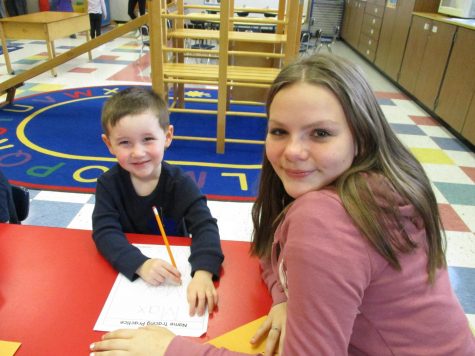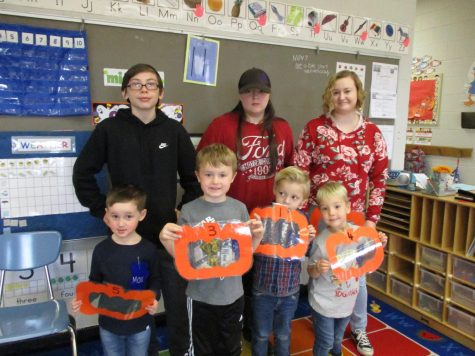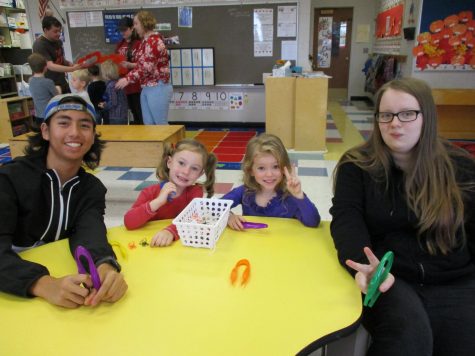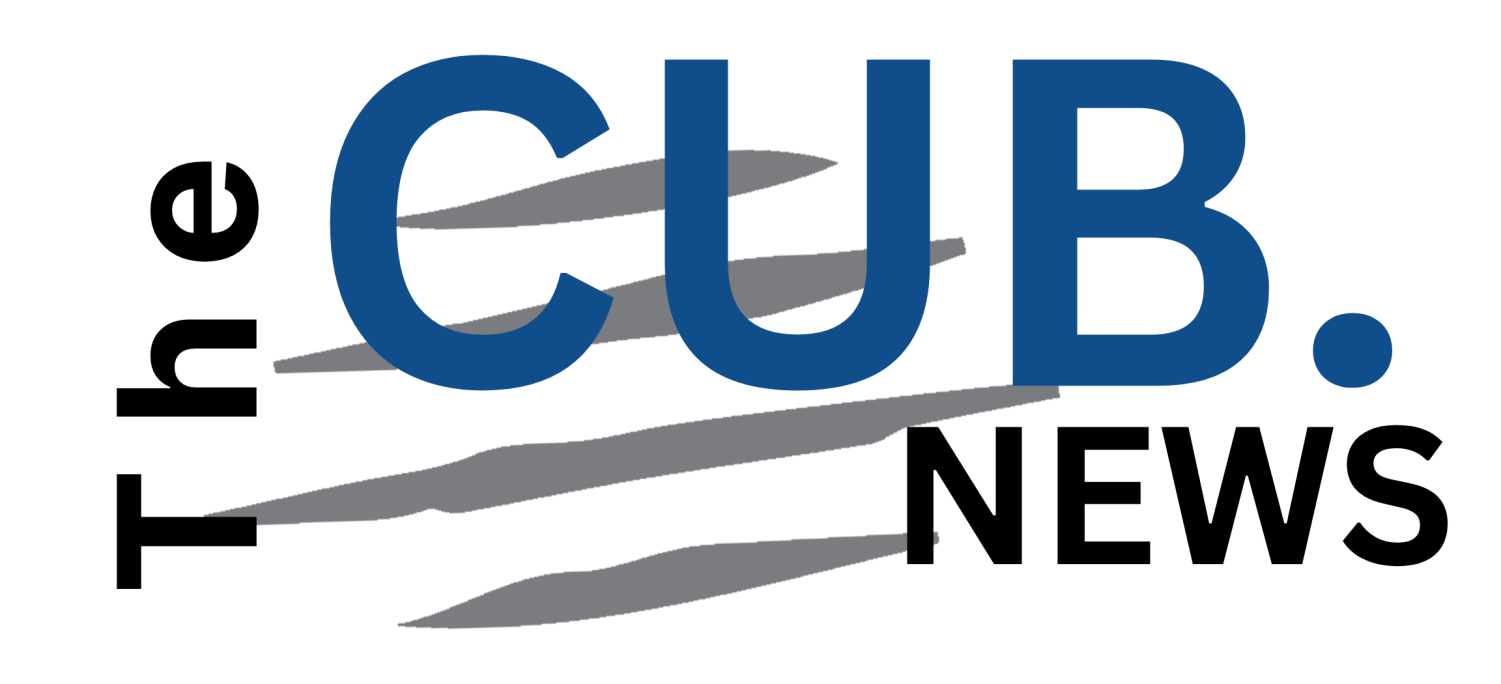Getting Psyched at SWHS
For the last 40 odd years, our preschool in the C building has been in business. In all that time, it’s been a different batch of teachers each semester. The Child Psychology class has been learning by teaching, and some would argue both groups of children are better off for it.
This year’s batch of student teachers have been learning well, considering they haven’t had much time on the job. The preschoolers started coming here on October 1st.
“There haven’t been any big incidents,” says Rogene Seidel, the teacher in the class for the last 22 years. “I think one of the things they’re still working on is feeling comfortable talking to the preschoolers, they’re still a bit standoffish.” She’s been helping students help students for longer than most of this audience has been alive, and still enjoys her job.
Some of the students are having difficulty, Seidel said, but many more are transitioning to their new role quite well. Among these is Margo Perkes, a sophomore.
“The kids are pretty nice,” Perkes said, “and depending on the people it can be very disorganized, but overall it’s a decent class.”
It’s easy to see how things could be disorganized, especially in the first week, with a group of 22 preschoolers and 24 high schoolers, the latter potentially teaching for the first time.
Some kids haven’t even been in the preschool yet, because student teachers take week-long rotations, one week in and one week doing paperwork. These ‘paper rotations’ are used to make the next week’s lesson plans, read through textbooks, work on the presentations due at the end of the semester, and prepare for their next ‘kid rotation.’
However, everyone goes into the preschool for circle time at the end, where the preschoolers learn their addresses, numbers, and patience. The high schoolers help them do hand gestures for numbers in songs, and sing along with them.
Some students are a bit let down though, because half the class started with paper rotations. Alex Hocket is a student who’s a bit annoyed by his time stuck on the other side of the wall.
“All we’ve done so far is paperwork, so it’s been a bit boring.” He’s not the only one who thinks this, and Seidel realises this problem and tries to help by assigning work to do while in the paper rotations such as notes on videos and class discussions.
Once you’re in the preschool, however, some people are shocked by what’s expected of them, such as Perkes, who said
“I wasn’t expecting the sheer amount of things they’d need to be taught. For example how to string a bead or write your name, things we do without even thinking.-plus the lack of social skills.”
The kids are still preschoolers, no matter how mature some of them can act, and it shows when you ask them to do things involving writing and fine motor skills.
A lot of the people taking the class seemed to have previous experience with children. In fact only one person interviewed didn’t. One who does have experience with kids was Kimberly Partida, a sophomore taking the class 5th period
“I’ve had experience with kids before, since I have a 6 year old brother” Partida said.
The most important thing in the program for everyone involved is to learn, and help others learn. Students seem to enjoy working with the preschoolers, the preschoolers like the students, and the teachers look on with a sense of pride.
 Photo courtesy of Rogene Siedel
Photo courtesy of Rogene Siedel



